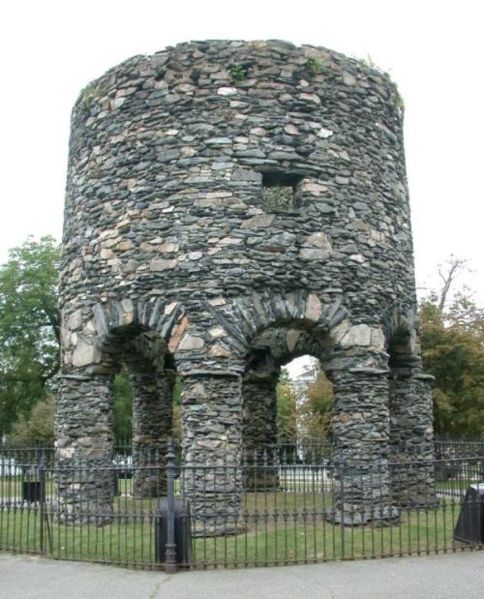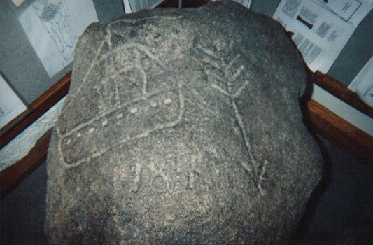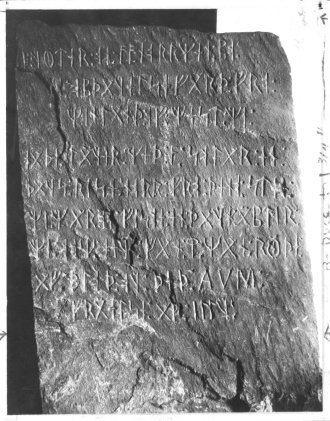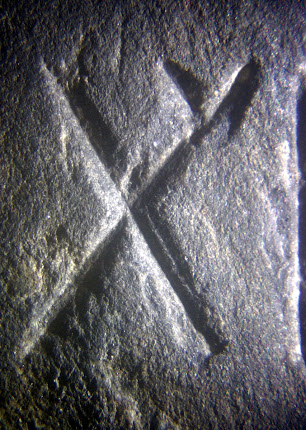Developments in Newport Tower
There have been two recent developments I wanted to share.
The first adds credence to the theory that the Newport Tower
Cartography
Renowned anthropologist and researcher Dr. Gunnar Thompson recently passed away, but before he did he posted to his website ( http://marcopoloinseattle.com ) a number of maps of the
The map clearly displays a European settlement at the northeastern
end of Narragansett Bay, labeling the settlement “Norombega” and describing the
settlement (not shown) as the capital city of the New
World . Apparently, as of 1569, there was known to be a
well-established European presence in the Newport Newport Roanoke Newport
The conclusion that the
Recall that Plymouth Colony was settled in 1620 by the
Pilgrims. And note the label “New Plymouth” located east of Plymouth Harbor
in Cape Cod Bay (you may need to zoom in) Narragansett Bay , where
Mercator marked Norombega, there is a settlement labeled “Old Plymouth” on this
map (again, zoom in). The first Colonial settlers did not arrive in Rhode Island Narragansett Bay area.
Of course, these maps don’t prove that the
Native American Oral History
So if the Tower predates the Colonists, who built it?
Readers of my books know that I believe the leading candidate to have done so was
Prince Henry Sinclair and his party in or around 1399. (Sinclair ruled Scottish
lands near Edinburgh as wells as Norwegian lands
in the Orkney Islands ; his family also had a
longstanding relationship with the outlawed Knights Templar.) In previous
posts, and in my books and lectures, I have outlined the various reasons for
this. But, until recently, I had never asked the one group of people who were
actually here when I believe the Tower was built: The Native Americans.
In June of 2015, Pocasset Wampanoag Tribal Chief Daryl
“Black Eagle” Jamieson joined a group of us at the Tower. When asked, Black Eagle replied that, according
to what had been passed down to him by tribal elders, the Tower had been build
by Henry Sinclair and the Knights Templar. He pointed out that whoever built
the Tower must have had an alliance with the Native Americans in the area
(ruling out the Colonists and also the Elizabethan-era British), else the
Native Americans simply would have driven them off long before the Tower could
have been completed. (A more complete excerpt of Black Eagle’s response is set
forth below.)
My sincere thanks to Black Eagle for his candor and his willingness to help us solve the mystery of who built this amazing Tower.
**************************************
Black Eagle comments June, 2015:
“The Narragansett history is that the people that built this
Tower are people that came here with red hair... They were red-haired people
building here and they were allowed to build here—allowed... To me, the only
person that could have came here and gotten away with that is somebody that was
brought here by another native tribe... They would have had to have had some
kind of alliance... The only ones that I know that had that alliance were Henry
Sinclair when he came and met with the Micmacs.* The Knights Templar. They were
the only legitimate people that could have come here and built this with the
permission of the natives.”
*It is believed the Prince Henry group made an alliance with the Micmacs of Nova Scotia before coming south to New England.












